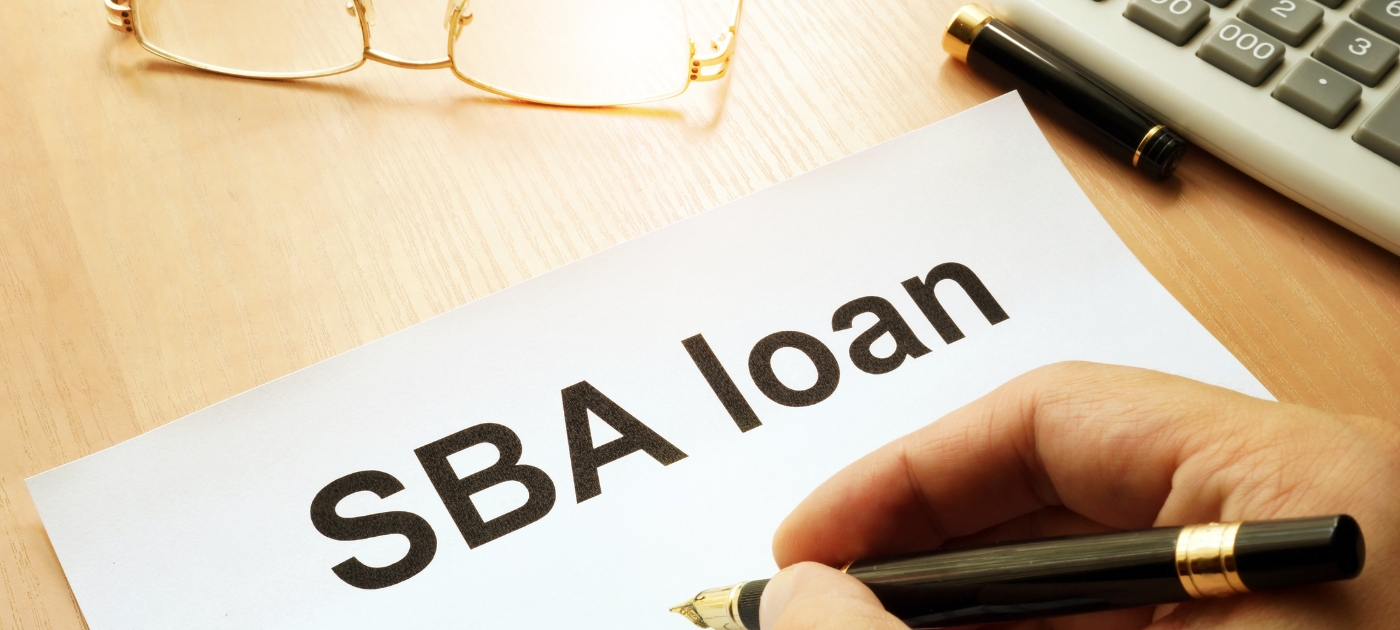SBA’s Role In Bolstering Disaster Recovery?
All products recommended by Bizreport are selected by our editorial team, independent of our parent company. Some of our stories include affiliate links. If you buy something through one of these links, we may earn an affiliate commission.

In the wake of increasing natural disasters and emergencies, the U.S. Small Business Administration (SBA) is intensifying its efforts to support disaster-stricken businesses and homeowners. The agency recently issued reminders about its disaster recovery programs, aiming to ensure that the public is well-informed about the assistance available to them.
The SBA’s disaster recovery programs are designed to provide low-interest loans to businesses of all sizes, private nonprofit organizations, homeowners, and renters affected by declared disasters. These loans cover uninsured losses and help in the rebuilding and economic recovery of the affected communities. The SBA’s role in disaster recovery is not limited to small businesses, but extends to homeowners and renters as well.
Related Topic: Best Registered Agent Services 2024
SBA’s Disaster Assistance: Beyond Financial Aid
The SBA’s disaster assistance is triggered by different types of disaster declarations, including Presidential Declaration, Agency Declaration, Governor’s Certification, and Secretary of Agriculture or Secretary of Commerce Declaration. Once a disaster is declared, the SBA provides direct loans to help cover uninsured losses and assist in the rebuilding process.
However, the SBA’s role in disaster recovery extends beyond providing financial assistance. The agency also offers a wealth of resources and guidance to help businesses prepare for disasters and recover in their aftermath. The Disaster Preparedness and Recovery Plan (DPRP) is one such resource that outlines the SBA’s strategy for responding to disasters and supporting recovery efforts.
Related Topic: Best States To Form An LLC 2024
Preparedness & Recovery
The DPRP emphasizes the importance of preparedness in mitigating the impact of disasters. It encourages businesses to assess their risks, develop a preparedness plan, and establish professional relationships with alternate vendors. The plan also advises businesses to create a crisis communications plan to keep staff, customers, vendors, and contractors informed during a disaster.
In addition to the DPRP, the SBA also provides a range of planning and assessment tools. These include the FCC’s cybersecurity planning tool, the Cyber Resilience Review (CRR) from the Department of Homeland Security (DHS), and free cyber hygiene vulnerability scanning services from CISA. These tools are designed to help businesses understand their risk of an attack and where they can make improvements to safeguard their data and systems.
The U.S. Chamber of Commerce Foundation also offers a comprehensive guide for small businesses on how to recover after a disaster. The guide includes top 10 tips for recovery, checklists, additional tips, and a list of recovery resources. It also provides advice on employee assistance, documentation and administrative recovery, and celebrating milestones.
A ColoradoBiz Magazine article further underscores the importance of having a disaster recovery plan. It highlights that being prepared for any kind of emergency means businesses can rebound sooner with less impact to their financial capabilities. The article advises businesses to consult their insurance agent to determine whether their coverage is sufficient and to consider business interruption insurance, which helps cover operating expenses if a business is forced to temporarily close.
Supporting Businesses in All Circumstances
Moreover, the SBA’s disaster recovery programs also extend to military reservists’ small businesses. The Military Reservist Economic Injury Disaster Loan (MREIDL) provides loans to help eligible small businesses cover operating expenses incurred due to an essential employee being called to active duty. This program underscores the SBA’s commitment to supporting businesses in all circumstances. Furthermore, businesses are advised to manage their Cloud Service Provider (CSP) accounts effectively, as utilizing a CSP can offer enhanced security for information, applications, and collaboration services, especially crucial during disaster recovery.
Lastly, the Federal Emergency Management Agency (FEMA) emphasizes the role of SBA loans in disaster recovery. These loans provide long-term, low-interest assistance to help disaster survivors return their disaster-damaged homes or businesses to their pre-disaster condition or better.
In conclusion, the SBA’s disaster recovery programs and resources play a crucial role in helping businesses and homeowners recover from disasters. By providing financial assistance and valuable guidance, the SBA is helping to build resilient communities that can withstand and recover from disasters. As the frequency and intensity of disasters continue to rise, these resources will be increasingly important in supporting the recovery and resilience of our communities.
ABOUT THE AUTHOR

ABOUT THE REVIEWER

+ 7 sources
Bizreport Advisor adheres to strict editorial integrity standards avoids using tertiary references. We have strict sourcing guidelines and rely on peer-reviewed studies, academic research. To ensure the accuracy of articles in Bizreport, you can read more about the editorial process here.
- Simoneaux M. SBA offers reminders to public about disaster recovery programs. https://www.wafb.com. Published June 18, 2023. Accessed June 21, 2023. https://www.wafb.com/2023/06/18/sba-offers-reminders-public-about-disaster-recovery-programs/?outputType=
- Disaster assistance. Disaster assistance. Accessed June 21, 2023. https://www.sba.gov/funding-programs/disaster-assistance
-
Disaster Preparedness and Recovery Plan. sba.gov. Published 2019. Accessed June 21, 2023. https://www.sba.gov/sites/sbagov/files/2019-08/2019%20DPRP%203-2b-FINAL.pdf
-
bjacobs. Small Business Recovery. U.S. Chamber of Commerce Foundation. Published May 5, 2015. Accessed June 21, 2023. https://www.uschamberfoundation.org/disaster-preparedness-and-recovery-quick-guides/small-business-recovery
-
Creating a Disaster Recovery Plan Makes Good Business Sense. ColoradoBiz Magazine. Published September 5, 2019. Accessed June 21, 2023. https://www.cobizmag.com/creating-a-disaster-recovery-plan-makes-good-business-sense/
-
TRANSCRIPT -SBA Disaster Guide SBA Disaster Guide 1.1 SBA Disaster Recovery Guide. Accessed June 21, 2023. https://www.sba.gov/sites/default/files/disaster_assistance_transcript_1.pdf
-
SBA Loans for Disaster Recovery | FEMA.gov. www.fema.gov. Accessed June 21, 2023. https://www.fema.gov/fact-sheet/sba-loans-disaster-recovery


